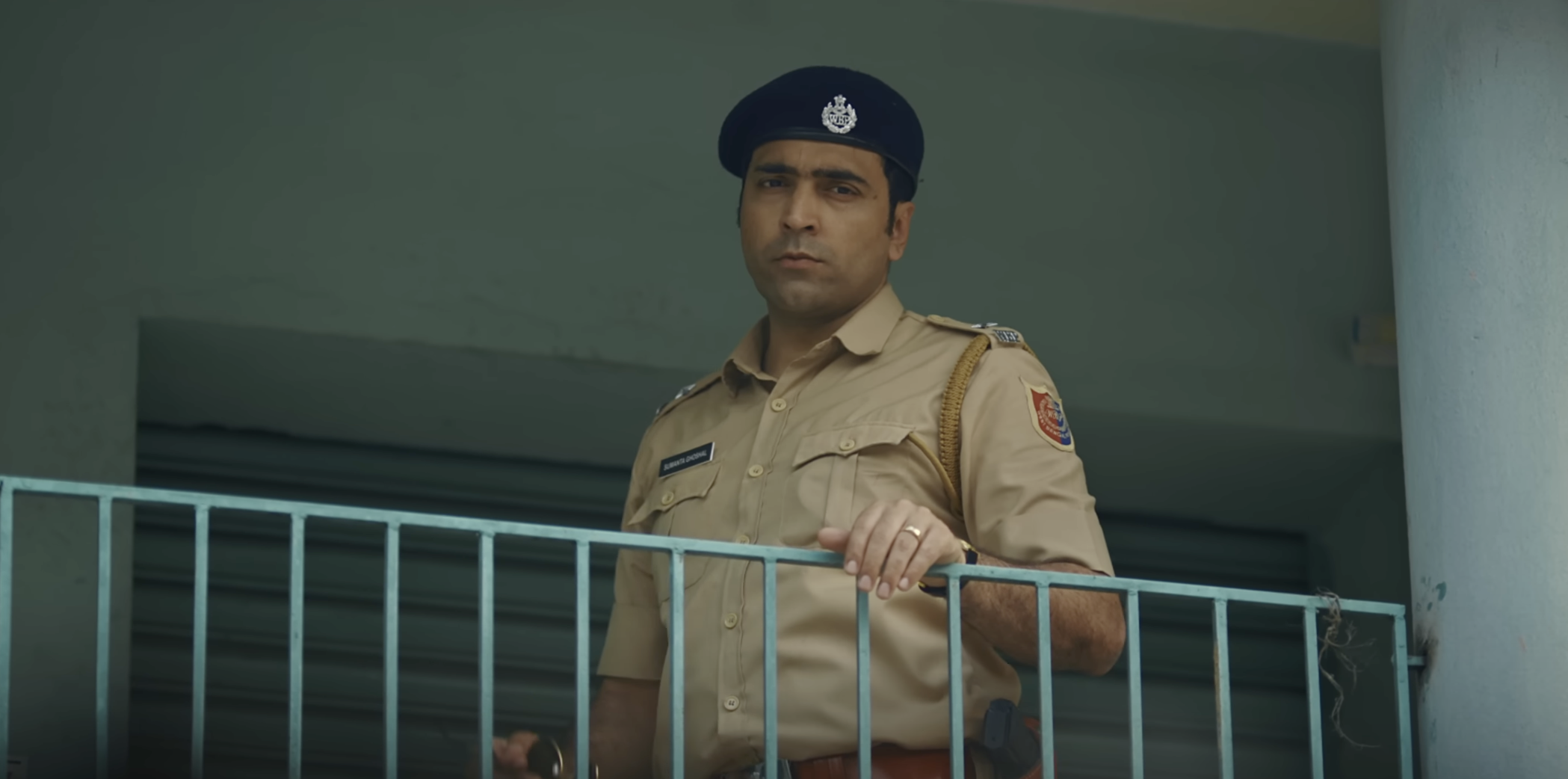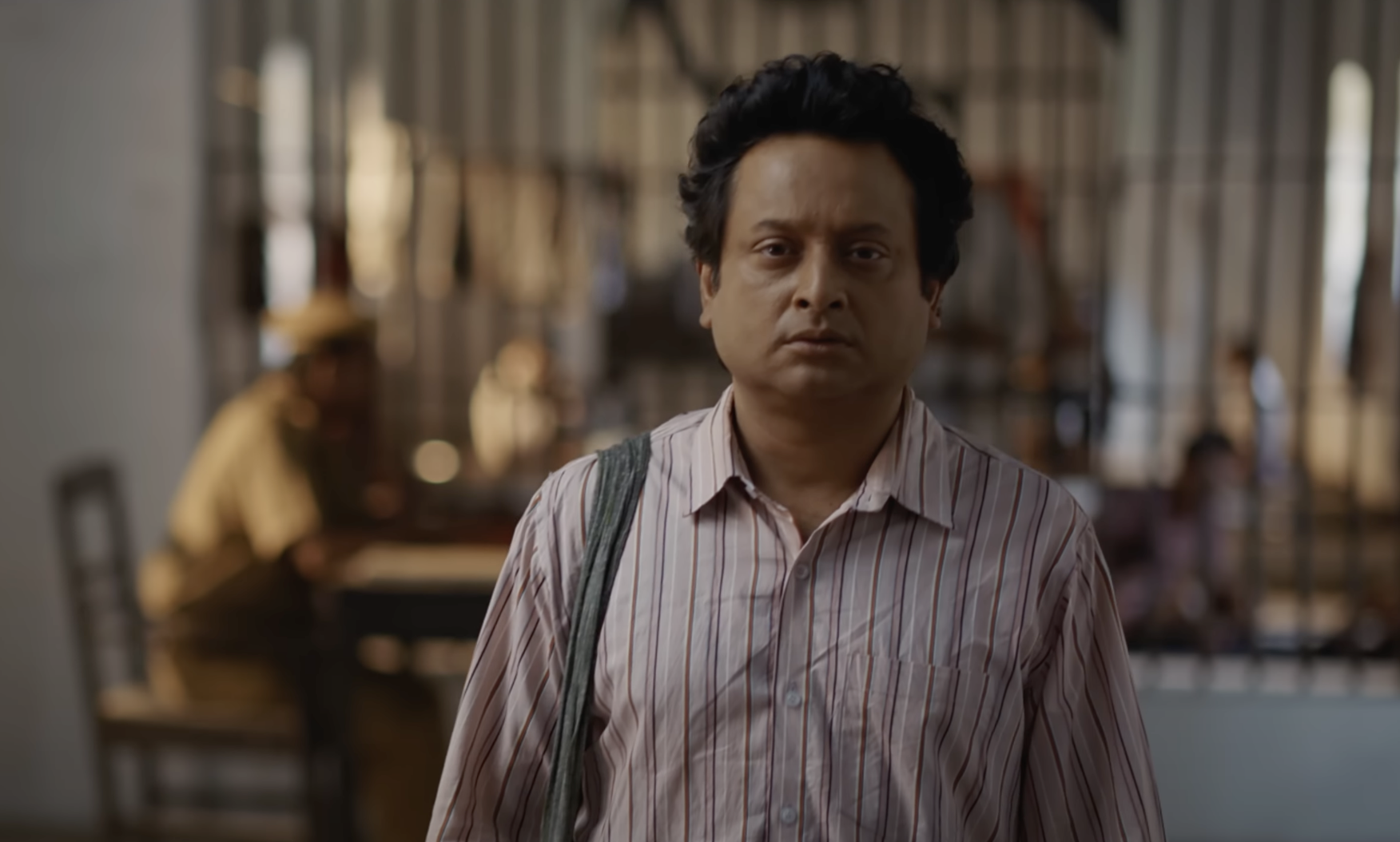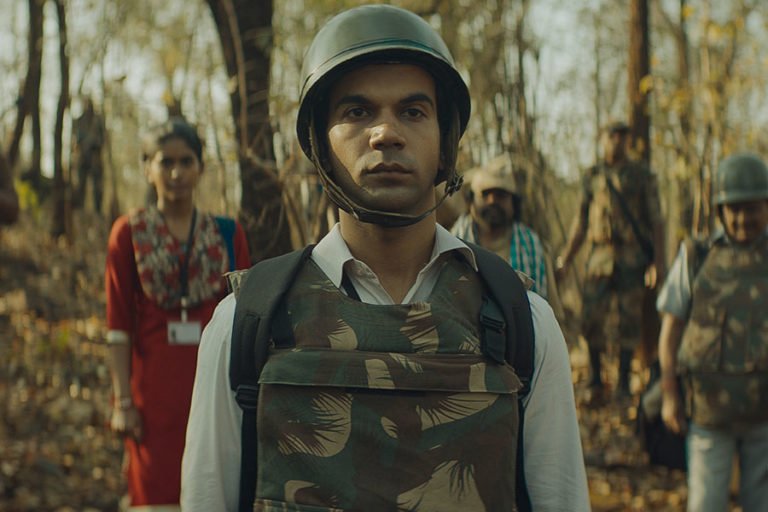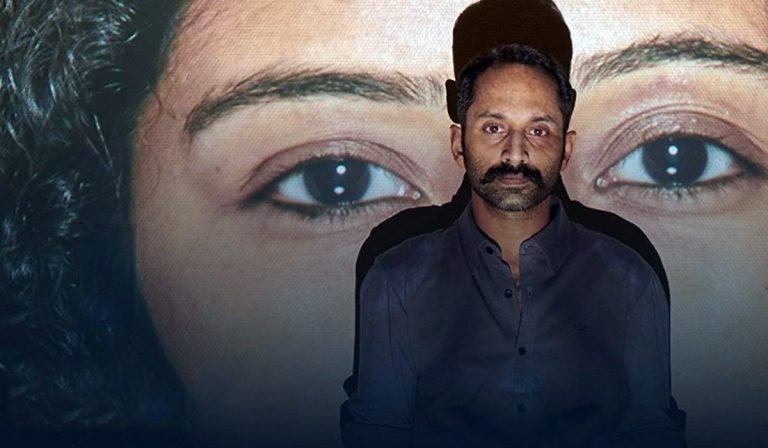One of the leading news portals introduced a new form of ranking—the “pujo-meter.” It would be a metric comparison by which one can judge which of the three Bengali movies released during Durga Pujo of this year qualifies as a festive movie. It is a different metric from the overall quality of the film. And as it turns out, “Bohurupi” is a smashing success on the Pujo-meter.
It made me wonder while watching the film as to what could be the reason for the pujo-meter to be so high. As I looked around the darkened theatre to find a respectably filled-up crowd at least a week after the festivities, I realized that this crime caper, from the studio that ironically brought forth the wave of family movies that the industry would saturate itself to oblivion, resembles a true blue commercial film that feels rooted in the milieu.
A familiar criticism lobbied at most Bengali movies had been its proclivity to create an only urban-centric film with the visuals restricted to the capital city of Kolkata. “Bohurupi” is refreshingly and almost stubbornly working away from that milieu, exploring the outskirts, the villages, and the small towns of West Bengal in a narrative based on a true story of a gang of bank robbers who moonlight as wandering folk performers (Bohurupis).
The film takes the central tenet of the streetwise smarts and witticism of these art performers that becomes part of a cultural identity and yet a form of expression of ideas and integrates that into a cops and robbers story. The tonality is a fascinating mix of whimsy, thrill, and melodramatic emotionality. It is fascinating because this potpourri of elements, termed the “masala movie,” had either almost vanished from the Bengali film industry’s catalog or had become pale imitations of masala from other regions without a discerning identity of its own.

The entire identity and cultural cache of the movie comes from the character of Bikram (Shiboproshad Mukherjee), whose life gets upended when he is framed for the murder of a union leader of the mill where he worked as an accountant. Due to his family as well as the workers at the mill being paid off by the mill owner, he would be sentenced to five years of prison.
There he would learn, with the help of a professional bank robber and now a lifer, the intricacies of bank robberies that he would utilize to rob banks. But his entire penchant for robbing the banks is more from an anti-establishment perspective, a profession to counter the governmental corruption contributing to unemployment as well as lack of jobs, lockout of mills, and loss of jobs during the 90s. Bikram and the characters he interacts with and makes friends with, romances with, and includes in his gangs produce a viewpoint of rural Bengal. That is complemented by the cinematography and the gorgeous picturization of songs utilizing existing folk styles as substrates for the music album.
The caper itself, the planning of the robberies, while not very process-oriented and highly detailed, still works in its structure and whimsy, with the editing cutting back and forth between the planning and the actual heist for both thrill and comedic effects. The yin to Bikram’s yang is Sumanta Ghoshal (Abir Chatterjee), an honest cop who is battered by the system and its inherent corruption. In his anger, he manages to put Bikram in prison, which causes a personal vendetta for Bikram to rise against him.
That personal vendetta and the relationship between the cop and the robber are only explored in spurts in the film, and it is in those rare moments that Chatterjee allows himself to flex a semblance of gray shades. Unfortunately, Chatterjee as Ghoshal is saddled with a subplot dealing with his newlywed wife Pori (Ritabhari Chakraborty) and her bipolar disorder that causes strain in his marriage, but he prevails due to his decency and love for his wife, even as her obsession and suspicions tending to dangerous consequences run the risk of affecting his professional life.
On paper, this subplot works in a vacuum and deserves importance and weight due to the subject matter being explored. However, in an effort to afford equal amounts of billing time for both the hero and the villain, this subplot is treated as a love track for the hero, and that affects the overall narrative itself. When looked at in totality, the subplot stands out because of how much it shifts the momentum away from the cops and robbers, as well as the somewhat melodramatic tonality that reminds one of the previous films of Windows Productions.

The movie becomes more streamlined in the second half when the investigative aspects from Ghoshal and the authorities’ perspective are finally given importance. The movie’s consistent issue, however, is the somewhat dated action set pieces, especially in terms of the stunt work with very visible wire work that definitely stands out, or the crash zooms and sudden jarring inclusions of red and blue filters to heighten the tension and thrill of the chase or the caper.
Even within most of its flaws, I can’t fault “Bohurupi” because of its sheer ability to engage. It lacks the staidness, the stodgy framing, and the wheel-spinning that most films would find themselves plagued with, especially in the second act. The performances overall range from sublime to, at their worst, decent. Shiboprosad Mukherjee as Bikram, taking double duty as co-lead actor and co-director, is absolutely sublime in the film and holds the film together.
Abir Chatterjee is a steady presence in the film, with his physicality and the role afforded to him giving his character vulnerability as well as quiet strength. The surprise though is Koushani Mukherjee as Jhimli, the pickpocket and a member of Bikram’s gang who later becomes his spouse. The movie takes into account the non-conventional romance between the two and develops that with a rare sweetness and believability.
I did appreciate how the movie finally manages to bring back the angle of corruption within the administration towards the end. Maybe it’s just me, but the sequence of Bikram’s capture feels like directors Ray and Mukherjee homaging the climax of Satyajit Ray’s “Joy Baba Felunath” (1976). Consequently, though, I do feel that while the movie doesn’t break new ground, its success is in reminding its viewers that commercial films with their rooted storytelling could exist, thrive, and even improve within the Bengali film industry, and that’s always a ray of hope.






![The Wandering Chef [2019] ‘SFF’ Review – A Rich Tribute to Maternal Love and the Remedial Power of Food](https://79468c92.delivery.rocketcdn.me/wp-content/uploads/2019/06/The-Wandering-Chef-2019-768x432.jpeg)
![Involuntary [2008]: About Rule Breaking, Actions and the Consequences](https://79468c92.delivery.rocketcdn.me/wp-content/uploads/2016/04/involuntary-2-768x458.jpg)


![Greta [2019] Review: B-Movie Thriller with A-List Celebs](https://79468c92.delivery.rocketcdn.me/wp-content/uploads/2019/08/greta-screenshot-3-768x320.jpg)